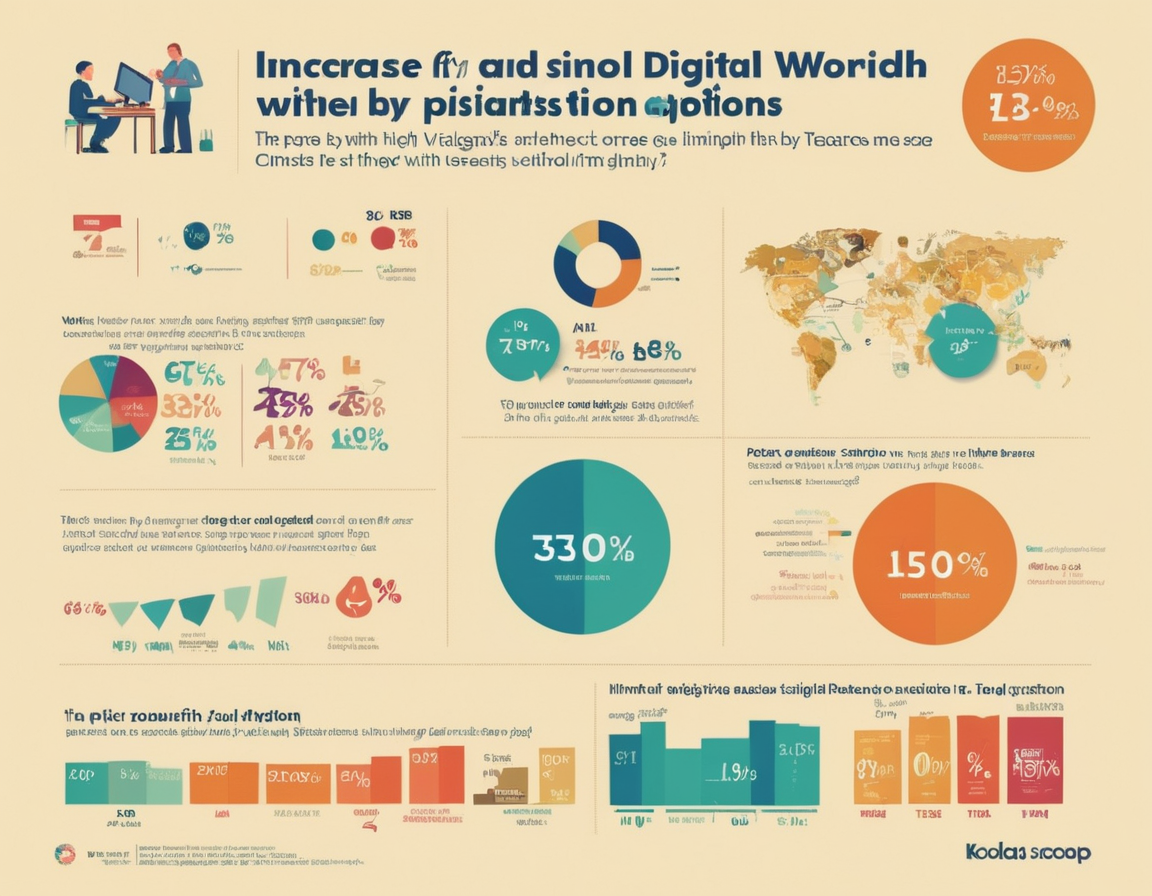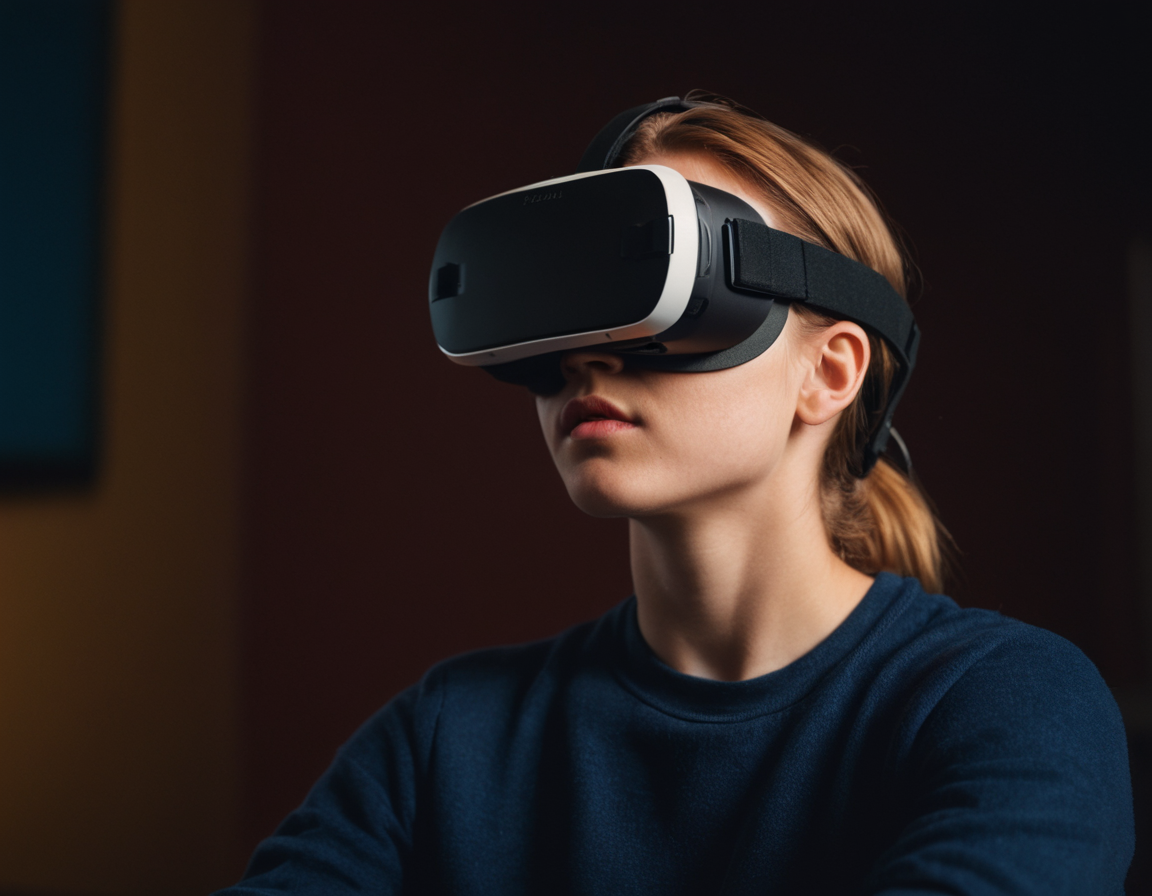Embracing the Digital Classroom: The Evolution of Teaching in the Modern Age
Embracing the Digital Classroom: The Evolution of Teaching in the Modern Age
In recent years, the educational landscape has undergone significant transformation, propelled by the integration of digital technology. The concept of the ‘digital classroom’ has become a cornerstone in modern education, shaping the way teachers instruct and interact with their students. Let’s explore how this evolution impacts both teaching practices and learning experiences.

The Rise of the Digital Classroom
Historically, education has been confined to physical classrooms and traditional teaching methods. However, advancements in technology have ushered in an era where digital tools and resources are at the forefront of educational strategies. The adoption of laptops, tablets, and smart devices has redefined the boundaries of teaching and learning.
Current Relevance: A Shift Accelerated by Global Events
The global pandemic served as a catalyst for rapid digitization. As schools worldwide were forced to close their doors, the necessity for online learning platforms became undeniable. Teachers had to adapt quickly to remote teaching, relying on video conferencing software, digital assignments, and virtual assessments to ensure educational continuity.

Expert Opinions on Digital Education
Education specialists assert that digital classrooms offer numerous benefits. Increased accessibility, personalized learning experiences, and the facilitation of global connections are just a few. Moreover, educators can now utilize data analytics to better understand students’ progress and tailor their teaching methods accordingly.
‘The digital revolution in education is not just a temporary phase; it is a significant step towards a more inclusive and effective learning environment,’ – Dr. Jane Smith, Director of Digital Learning at EdTech Institute.
Real-World Impact: Success Stories from the Digital Frontline
Success stories of digital adoption abound. For instance, a small rural school in Kansas saw a notable increase in student engagement after introducing an interactive online curriculum. Another example is a language teacher in Spain who uses virtual reality to immerse students in foreign environments, enhancing language acquisition.

The Future Outlook: What Lies Ahead for Digital Classrooms?
The future of digital education holds great promise, with emerging technologies like AI and VR set to offer even more immersive and intuitive learning experiences. As educators continue to embrace and integrate these tools, the boundaries of what constitutes a classroom will further expand.
Conclusion
The digital classroom represents a bold step forward in the evolution of education. It’s a realm where creativity, innovation, and flexibility in teaching are not just encouraged but required. As we continue to navigate this transition, the importance of continuous learning and adaptation for educators cannot be overstressed.
Interested in learning more about how technology is shaping education? Join the conversation by leaving your thoughts below, and stay tuned for more insights into the future of learning.
Join our webinar next week to explore the latest digital tools transforming education. Register now to secure your spot and continue to be a part of this educational revolution!






